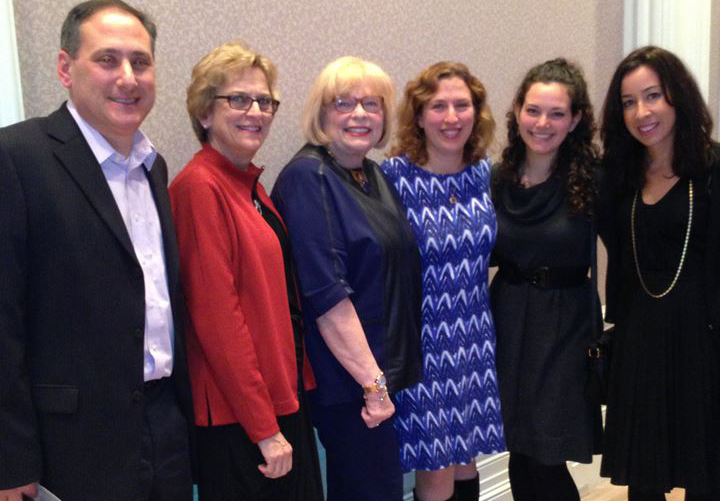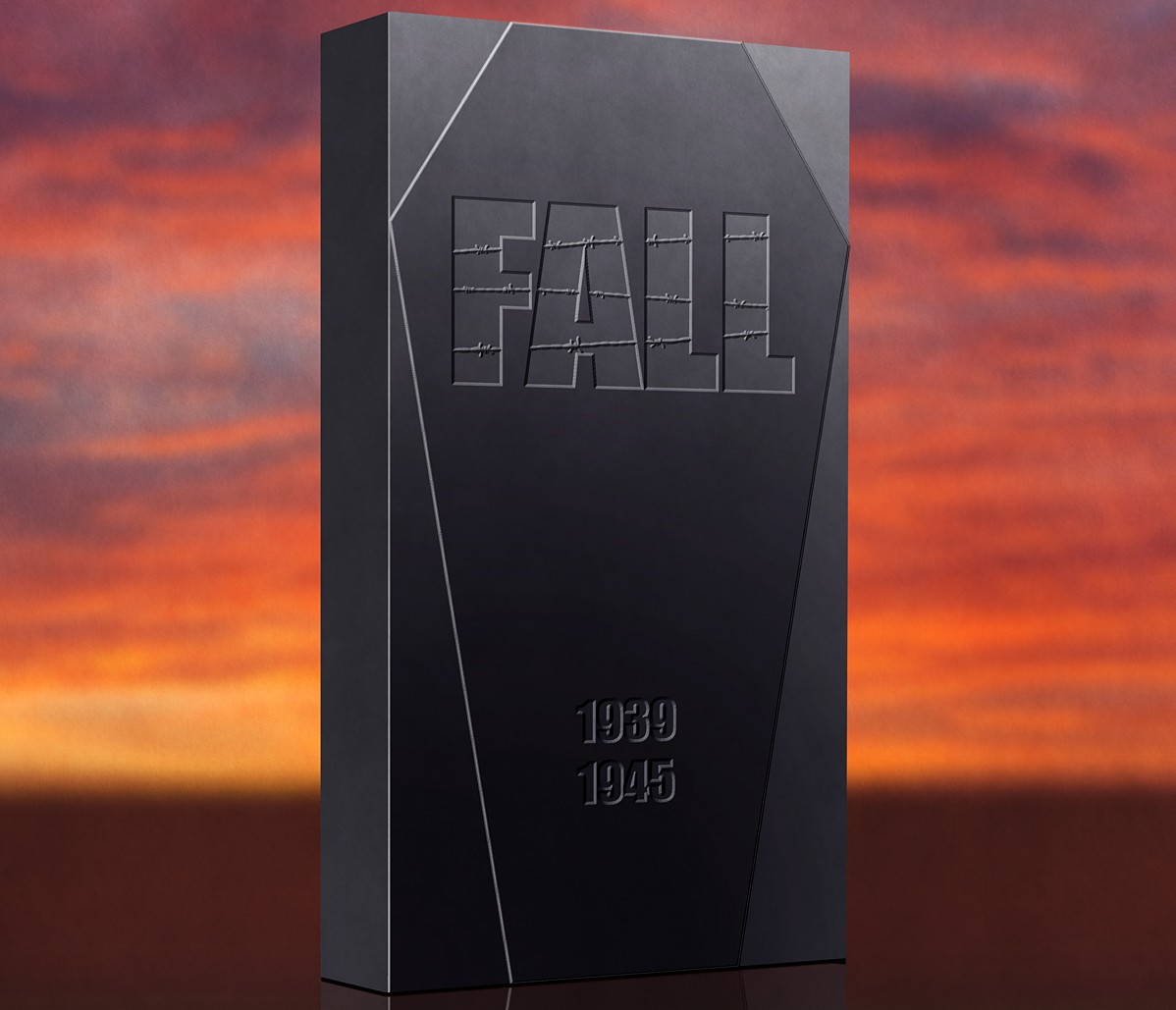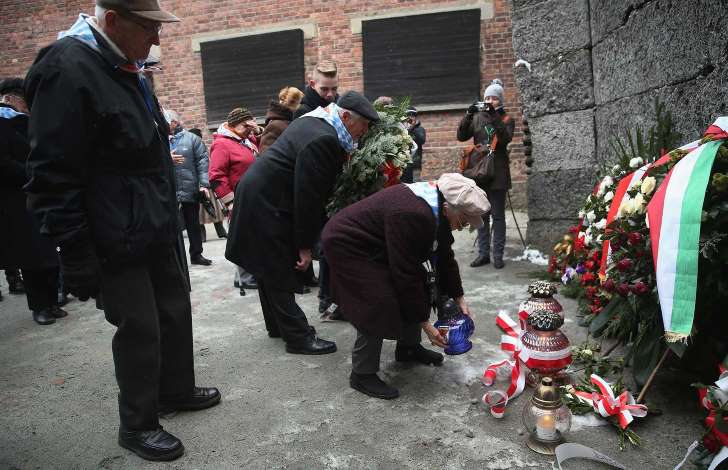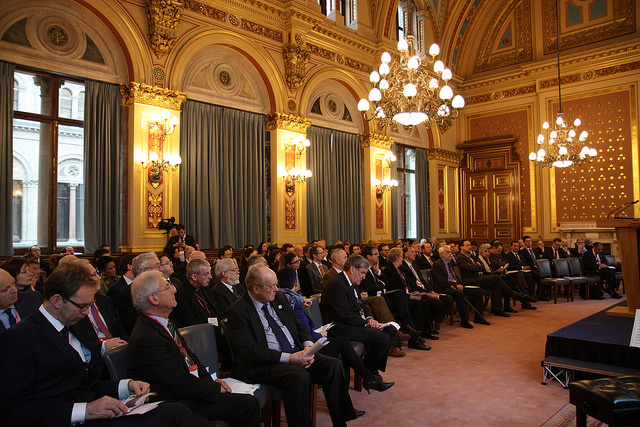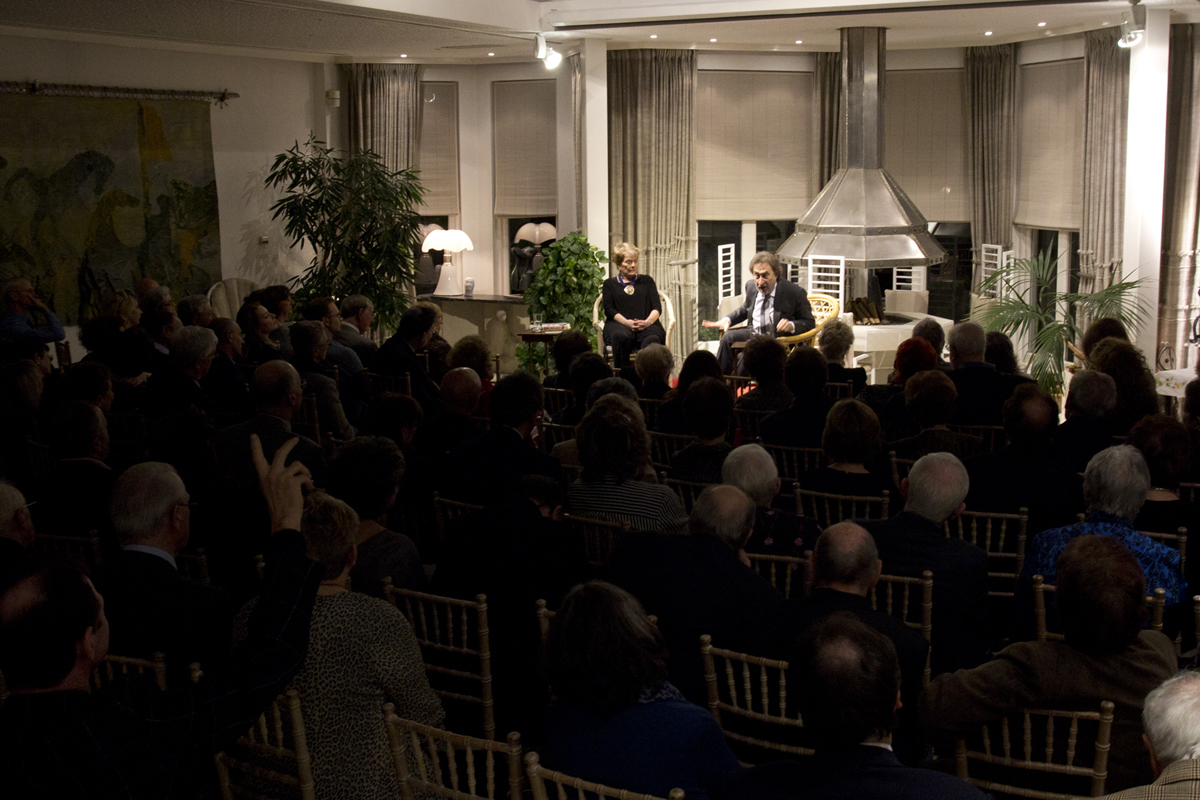 © Complete Music and the Brickman family via Times Union
© Complete Music and the Brickman family via Times Union
Composer Ronald Senator and his wife, pianist Miriam Brickman, tragically died in a fire in their home in Yonkers, New York on Thursday 30 April. Geraldine Auerbach, the founder of the Jewish Music Institute in London, explains how important they were in the world of Jewish music in Britain.
I am not sure how I first met Miriam and Ronnie Senator – but they were pivotal to the first Bnai Brith Jewish Music Festivals. Miriam was a real catalyst, putting (or pulling) ideas, people and programmes together in most creative ways that always led to something special and to lasting and developing relationships. She would always come up with something innovative and spectacular.
To the very first festival on 24 June 1984 she brought a super chamber concert in the Purcell Room with herself on piano and Stanley and Naomi Drucker, clarinettists from the New York Philharmonic, and her friends Sybil Michelow and Malcolm Williamson who had formed a piano and voice duo. For the second festival in 1986 she brought another chamber concert, which included bassoon and viola players from the Nash Ensemble. The programmes were always exciting, introducing new works of Jewish interest by new composers and as always, there were pieces by Ronnie Senator in the concert.
Miriam also brought me something much more remarkable. It was Ronnie Senators' 'Kaddish for Terezin’, a huge oratorio he had written in memory of his first wife who had been incarcerated in Auschwitz. It involved an orchestra, choir and children’s choir, a cantor and a narrator. Something much bigger than I had ever contemplated. But I thought it was important – and, impressed by her enthusiasm, I was inspired to make it happen – in a special setting. The Director of CCJ, the wonderful Rev Marcus Braybrooke suggested it could be ideal for Canterbury Cathedral – and that he would broach the subject with the Dean, with whom he was having lunch next day. It transpired that the Deanery in Canterbury had housed Jewish refugees and that he had wanted a Holocaust memorial (but not a statue) so this fitted the bill.
That set the most amazing activities in motion. Malcolm Singer stepped up to the podium to provide and conduct the orchestra and choirs and had a friend with a superb children’s choir. I felt Rabbi Hugo Gryn, who himself had been in Terezin, should be the narrator. Louis Berkman cantor of Belsize Square – the synagogue created by Holocaust survivors or escapees – should be the soloist. This amazing premiere was broadcast live on BBC Radio London with interviews with Hugo and other survivors during the interval.
But that wasn't all. When Dr David Bloch, of Tel Aviv University, who was presenting a concert of Israeli contemporary music at the festival, heard about the Terezin Project and suggested we invite two musicians – pianist Edith Kraus from Israel and bassist Karel Berman from the Prague National Opera – who had last performed together in Terezin. He suggested an amazing film of music in Terezín for us to show and also suggested we invite Josa Karas who had just published a book about it. All of which we did.
And so it was that all day while Jewish choirs and a cantor and Rabbi rehearsed in Hebrew and blew a shofar in the Cathedral, the film was showing over and over in the school hall – and recitals (two of them) took place in the recital hall – which just happened to be the old Synagogue in Canterbury. Then after a reception in the Chapter House with the Archbishop of Canterbury the cathedral was filled with Jews and Christians listening to Ronald Senator’s Holocaust Oratorio. A film was made of the day focusing on Edith and Karel and shown on national television on Remembrance Sunday in November 1986, which also happened to be the commemoration of Kristallnacht.
With this auspicious beginning, Miriam went on to have performances of Ronnie’s Kaddish for Terezin mounted in other special places such as St John the Devine in New York, the Vatican in Rome and in Terezin itself.
It was not only the heavy stuff. For the next Festival in 1988 Miriam brought Klezmer to the UK. She introduced me to Giora Feidman the astonishing clarinettist who wowed London at the Logan Hall then and again in 1990, as well as in later festivals. In the ’88 festival Miriam also put together another innovative chamber concert, this time called Echoes of Jewish Poland at St John's, Smith Square with Sybil singing as well as Simon Fisher on Violin, Antonio Lysy on cello and Rivka Golani on viola, who premiered Ronald Senator’s Dance Suite for viola solo.
It was also in 1988 that Miriam introduced me to Isabelle Ganz who delighted everyone with her group Alhambra in a concert of Sephardi Life Cycle songs at the Almeida Theatre and presented the delightful Sacred and Secular music of the Sephardi Jews at the Purcell Room, Supported by Nitza and Robin Spiro.
It was always exciting to be in the presence of Miriam and Ronnie. Especially Miriam, who was so enthusiastic and brimming over with ideas and suggestions that were helpful to all.
Miriam Brickman and Ronnie Senator brought true riches in Jewish music and musicians to greatly enhance the Bnai Brith Jewish Music Festivals and thus Jewish music in the UK. The last time that Miriam and Ronnie were with us I think was at the Bloch Conference in Cambridge in 2007 where she performed in the concert.
They were always together – flitting between homes in London and New York – often catching a lift on the QE2 where Miriam would entertain on the piano and Ronnie would give lectures that enthralled the passengers. He was 89 and Miriam 81. Their health was failing. Despite this shocking news of the fire at their home, there may be something comforting or poignant that in their last moments they were also as one, and like Elijah were taken together up to heaven in a fiery embrace. Always innovative and spectacular.



